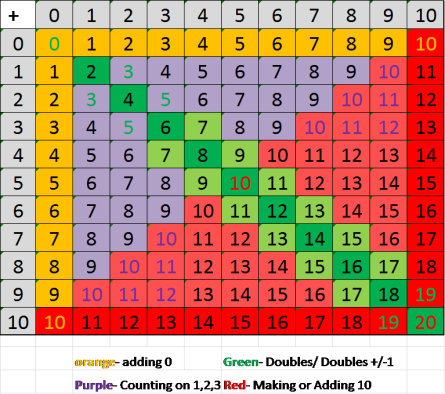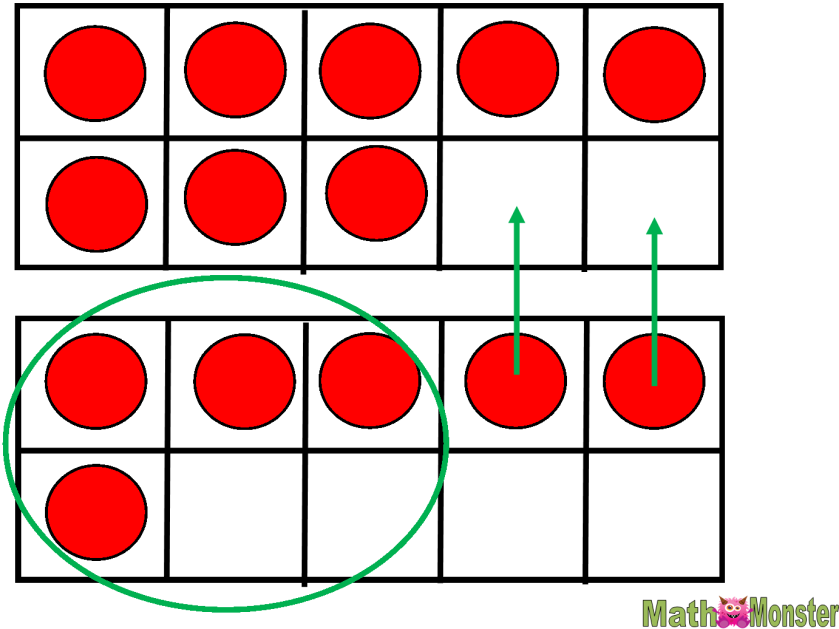In fact fluency part 1 I discussed why I don’t think that students need to memorize their basic facts. In part 2 I discussed the strategies for gaining fluency in addition and subtraction. Now in part 3 we will discuss fluency strategies that can be used to develop multiplication and division fact fluency.
As we discussed in my earlier posts, fact fluency consists of 3 parts. Students need accuracy, efficiency, and flexibility to achieve fluency. It is my belief that the easiest way to gain fluency in multiplication and division is skip counting. (Read my post on the benefits of skip counting. It’s not just for multiplication and division.) If you can get buy in from 2nd and 3rd grade teachers, students can come into 4th grade with skip counting in place. Since students are already familiar with skip counting by 2’s, 5’s, and 10’s, it is not difficult to extend that to all the numbers from 1-10. Most 2nd graders can learn their 3’s and 4’s rather easily and move on from there. Third grade teachers should work on mastery of skip counting and helping students new to the school begin the process.
In Virginia, third graders learn the concept of multiplication and division by looking at arrays and groups and skip counting, but are not required to master their facts. This does not mean that they shouldn’t be encouraged to use the most efficient way of getting an answer. Even if they are given groups or arrays, students can use their skip counting knowledge to quickly answer a multiplication or division fact.
To use skip counting to solve a multiplication problem such as 7 x 5=, you choose one of the factors to skip by and use the other to count. For this fact, most students would choose to skip count by 5 and do it 7 times. 5, 10, 15, 20, 25, 30, 35. I encourage my student to use their fingers to make sure they have counted 7 times until they are more comfortable. This does not affect the efficiency of the strategy. Students can choose to count by 7’s if they have become fluent in skip counting. 7, 14, 21, 28, 35 is going to get them to the same place. This is where flexibility of a strategy comes in.
Division is a similar process and can be easily mastered by students fluent with skip counting. 36 ÷ 4= can be solved by skip counting by the divisor until reaching the dividend. 4, 8, 12, 16, 20, 24, 28, 32, 36. As with multiplication, I encourage students to start this strategy by counting the number of jumps on their fingers as they skip count by 4. They will then see that it takes 9 jumps of 4 to reach 36, so 9 is the answer. If students are more comfortable drawing the number line for either of these strategies until they are more comfortable, that is fine. They will lose some efficiency, but only until they become familiar with the process.

If you inherit a student without skip counting in place, you can use what they know to help them with fluency. Refer to the multiplication chart below to use the common skip counting numbers to develop their multiplication and division fact fluency.They should be able to learn their 3’s and 4’s rather quickly and use the 5’s and 10’s to get the rest.
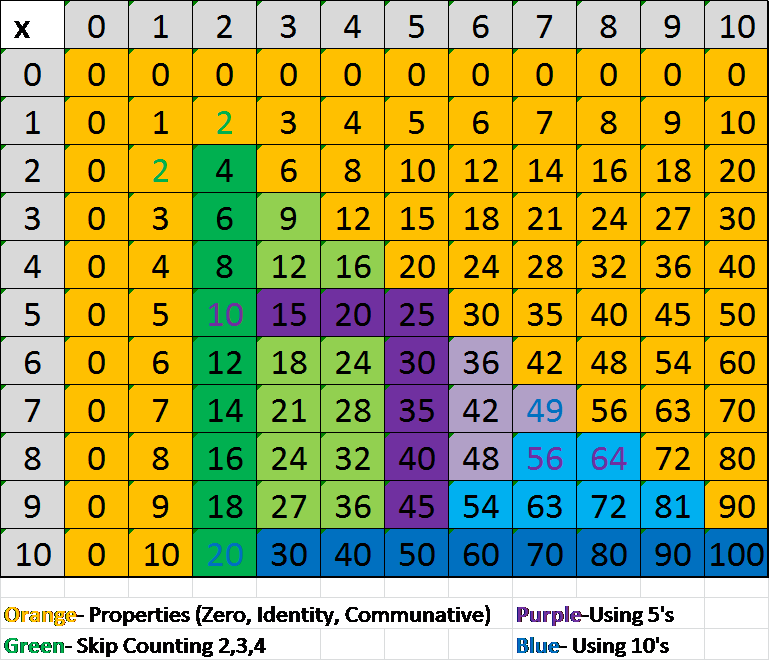
Just as with addition and subtraction, memorization will come the more they use their facts. You don’t have to “drill and kill” and frustrate your students. Good Luck!!

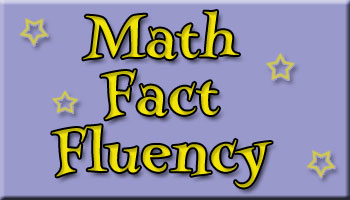

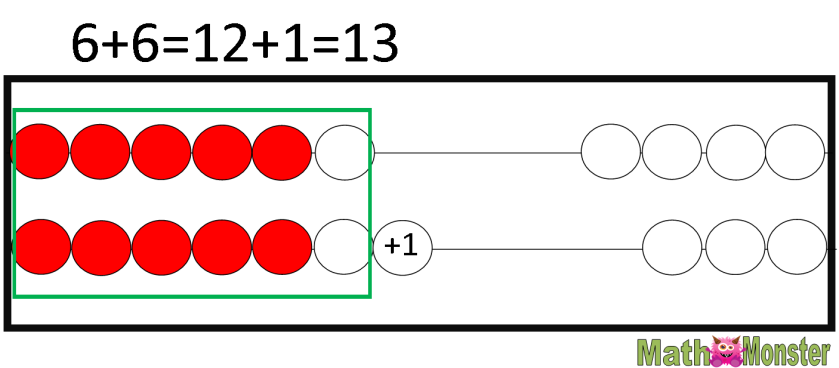 In
In 